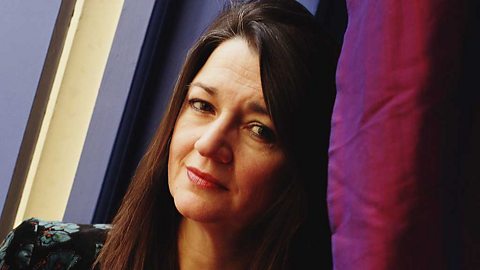


While it can be a little too academic in parts, the biggest detraction was Warner's burying of each section's thesis. It is big and attempts to be all-encompassing, but that makes it dense and difficult to read. She discusses the context of fairy tales (and nursery rhymes) - who would be telling them, where they are being told, what kinds of stories are told when - as well as the way these contexts change and the acceptability or otherwise of the tales and tellers and the role that the tales may have had in the changing contexts - for example, the trio of the Sibyl, St Anne, and St Helena (Constantine's mother) who are all storytellers in folkloric tradition, foretelling the coming of Christ or establishment of Christianity.Īs fascinating as I find From the Beast to the Blonde, though, I do have plenty of criticism for the book. Her focus is almost exclusively on the Western traditions, beginning with the Greeks and studying the evolution of both culture and the tales that depict the culture in Europe through the middle ages through the modern era.

Marina Warner has put together a fascinating look at fairy tales across time, how they are subversive and inherently feminist while still representing and supporting the patriarchal and oppressive societies from when - and where - the stories are told. As she suggests in her superb closing chapter, happy endings come only after stumbles and falls yet in some sense the story of tale-telling is never done. Warner's fresh new interpretations show us how the real-life themes in these famous stories evolved: rivalry and hatred between women ("Cinderella" and "The Sleeping Beauty"), the ways of men and marriage ("Bluebeard" and "Beauty and the Beast"), not to mention neglect, incest, death in childbirth, murder, and racial prejudice. The storytellers are frequently women (or were until men like Charles Perrault, the Brothers Grimm, and Hans Christian Andersen started writing down the women's stories), and Marina Warner asks how changing prejudices about women affect the status of fairy tales: are they sources of wisdom and moral guidance, or temptations encouraging indulgence in romantic and vengeful fantasies? From the Beast to the Blonde considers old wives' tales in all their luxuriant detail and with a strong sense of the historical contexts in which they developed. Marina Warner looks at storytelling, at its practitioners and images in art, legend, and history - from the prophesying enchantresses who lure men to a false paradise to jolly Mother Goose, with her masqueraders in the real world, from sibyls and the Queen of Sheba to Angela Carter.


 0 kommentar(er)
0 kommentar(er)
